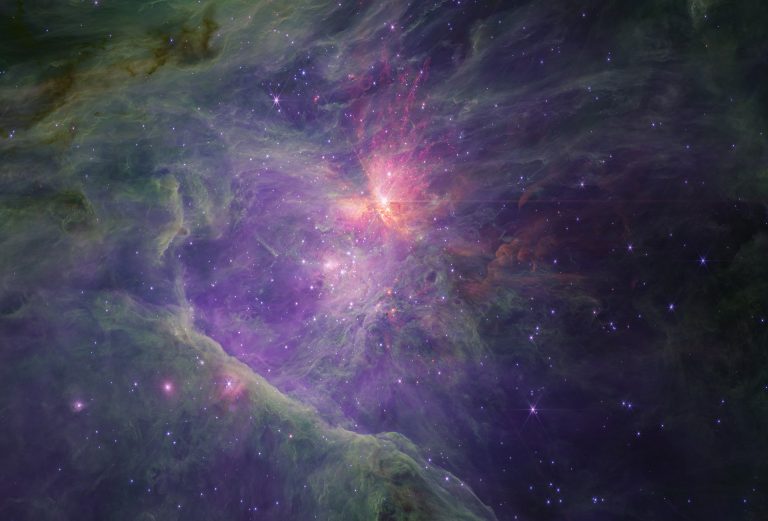The James Webb Space Telescope has captured yet another breathtaking image of the Orion Nebula, also known as Messier 42. Located to the south of Orion’s belt, the Orion Nebula is one of several star-forming cosmic bodies and includes the young Trapezium Cluster of stars near its core. Webb’s latest view of the nebula gives us a much wider angle, providing more data than ever for astronomers to mull over.
This month, the new image was released as part of ESASky, a program that helps astronomers – private and public – visualize the universe in more detail than ever before.
Part of what makes the Orion Nebula a good target for Webb is its brightness. The nebula is one of the brightest nebulae in the night sky and is located just 1,344 light years from Earth. Over the years, our observations of the area and images of the Orion Nebula have helped us better understand star formation as a whole.

Now, though, astronomers have discovered a new type of planetary formation that shouldn’t exist, and they’re calling them Jupiter Mass Binary Objects, or JuMBOs. These JuMBOs are essentially free-floating objects spotted within the Orion Nebula that are not far in mass from Jupiter, the gas giant within our own solar system.
Further, dozens of these worlds are orbiting each other, and scientists aren’t exactly sure how they formed or even why they exist in the first place. Samuel Pearson, a scientist with the European Space Agency who worked on the observations, says that the new objects were discovered through Webb’s latest images of the Orion Nebula.
Additionally, Pearson says that there is something wrong with our understanding of how planets form, star formation, or even both, as we can’t account for why or how these planetary objects came to exist in the first place.
Scientists involved with the most recent study say that these Webb images are the best we’ve ever captured of the Orion Nebula, and that they will hopefully help us uncover more about this mysterious and highly studied portion of the night sky.








